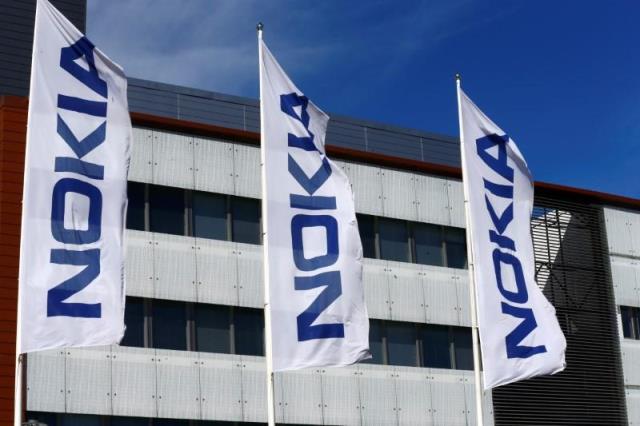Nokia announced its WaveFabric Elements portfolio of photonic chips, devices and subsystems, including its fifth generation coherent digital signal processor family, the Photonic Service Engine V (PSE-V).
 Nokia’s WaveFabric Elements portfolio combines digital signal processing (DSP) and optics technologies focused on emerging 400G applications, allowing Nokia to optimize the entire electro-optic engine.
Nokia’s WaveFabric Elements portfolio combines digital signal processing (DSP) and optics technologies focused on emerging 400G applications, allowing Nokia to optimize the entire electro-optic engine.
This high degree of vertical integration ensures that Nokia’s optical solutions will meet the unique economic and technical requirements of data center, metro, long haul, and subsea networks.
Nokia’s fifth generation coherent DSP family, comprising the high-performance Nokia PSE-Vs (super coherent) and the low power PSE-Vc (compact), continues Nokia’s history of developing multiple DSPs optimized for different optical networking applications, form factors, and platforms.
The new DSPs are complemented by CSTAR portfolio of coherent optical engines brought to Nokia via its recent acquisition of Elenion Technologies, a silicon photonics company. A new family of pluggable transceiver modules allows Nokia to address their expanding role in data center, IP and optical networks, as well as emerging markets.
Sam Bucci, head of Optical Networks at Nokia, said: “With our WaveFabric Elements portfolio, Nokia is committed to supplying the 400G optical ecosystem with components, subsystems and design services, as well as continuing to build the highest performing optical transport solutions for the 400G era and beyond.”
Scott Wilkinson, lead analyst at Cignal AI, said: “Nokia’s expertise in vertical integration is a key competitive advantage in the battle for next generation coherent solutions. The focus on 400G transport in the PSE-V is well-positioned for market needs.”
The CSTAR family of optical engines is shipping to customers. PSE-V-based platforms and pluggables will be available beginning in Q4 2020.
The Nokia WaveFabric Elements portfolio addresses the demanding power, performance, and cost-per-bit requirements of 400G networking across data center, metro, core and subsea applications.
The PSE-Vs, which can run up to 90 Gbaud, employs the second generation of the industry’s only field-proven implementation of Nokia Bell Labs-pioneered probabilistic constellation shaping (PCS).
It is capable of transporting up to 800G, while providing 60 percent greater reach, 40 percent lower power per bit, and 15 percent greater spectral efficiency than previous DSP generations.
The PSE-Vc enables programmable capacity from 100G to 400G with metro to long haul capability. Its extremely low power enables integration into a variety of pluggable transceiver modules.
The Nokia CSTAR family of optical engines leverages silicon photonics and packaging technology, and addresses applications, including intra-data center, metro DCI and long-reach optical transport.
Nokia’s 400G pluggable coherent transceiver modules are optimized to address a range of platforms and applications, including Nokia’s optical transport, IP, fixed access and mobile solutions.





